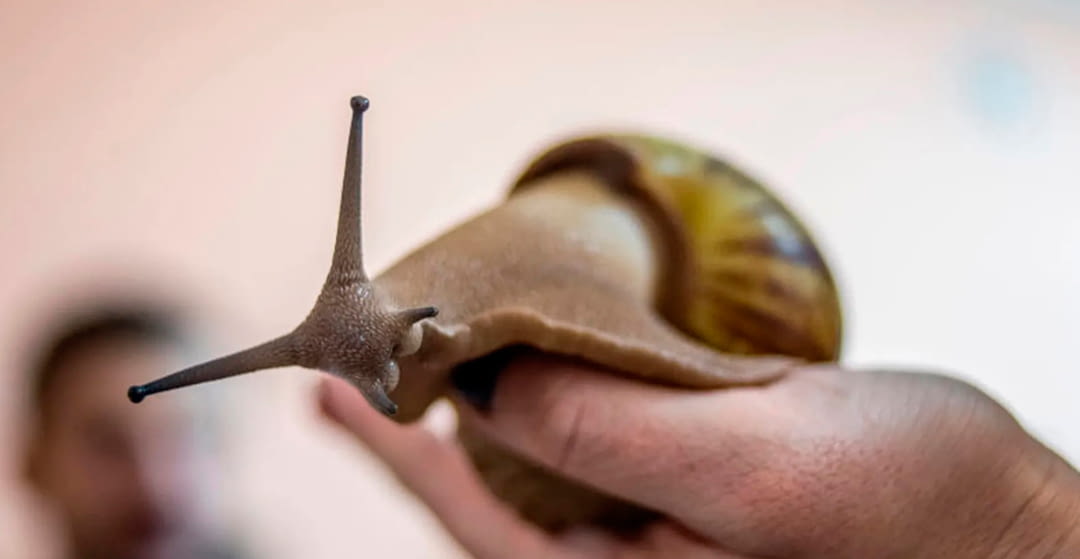
The Spanish catalog of invasive species is an important legal and scientific tool created in Spain for the management of biodiversity in our country.
It was established by virtue of Law 42/2007, of December 13, on Natural Heritage and Biodiversity. Its main objective is to identify and regulate species that represent a threat to the ecosystems, flora, native fauna and economy of Spain.
According to Spanish law, an invasive species is defined as any exotic species that, once introduced into an ecosystem or habitat, causes serious harm to native species, habitats or ecosystems, as well as to public health or the economy. This may be due to competition with native species, predation, habitat alteration, disease transmission, etc.
The species included in the Catalog are divided into two categories:
· Invasive species under prohibition.
· Invasive species under control.
The former are completely prohibited in Spain, while the latter are subject to specific control and management measures.
The Catalog contains a detailed list of invasive species, including plants, animals and microorganisms. Common examples include the zebra mussel, the aquatic plant yellow lily, and the Argentine parrot.
Species included in the Catalog are subject to a number of restrictions, which may include prohibitions on possession, transport, sale or release into the wild. In addition, management and control measures are established to limit its expansion.
This list is updated periodically to include new invasive species that may emerge. The inclusion of a species in the catalog implies the application of restrictions and prohibitions related to its possession, transport, trade and release into the wild. These measures aim to prevent the spread and negative impact of invasive species.
Management and coordination
The management and coordination of actions to prevent and control invasive species falls on different organizations and administrations at the regional and national level in Spain.
Exotic invasive species can have a devastating impact on native ecosystems, agriculture, fisheries and other economic sectors. The Catalog seeks to minimize these impacts.
Numerous modifications have been made. The last one with the entry into force of Order TED/339/2023, of March 30, with the inclusion of a species of flora, four insects, a species of continental fish and the family Herpestidae (mongoose), with the exception of Herpestes ichneumon.
For some invasive species, specific management plans are developed in order to control their expansion and minimize their impact on the environment. These plans may include measures to control, eradicate or contain invasive populations.
The fight against invasive species is a global problem, which is why Spain collaborates with other nations and international organizations to address this challenge.
Download and consult the complete catalog HERE



